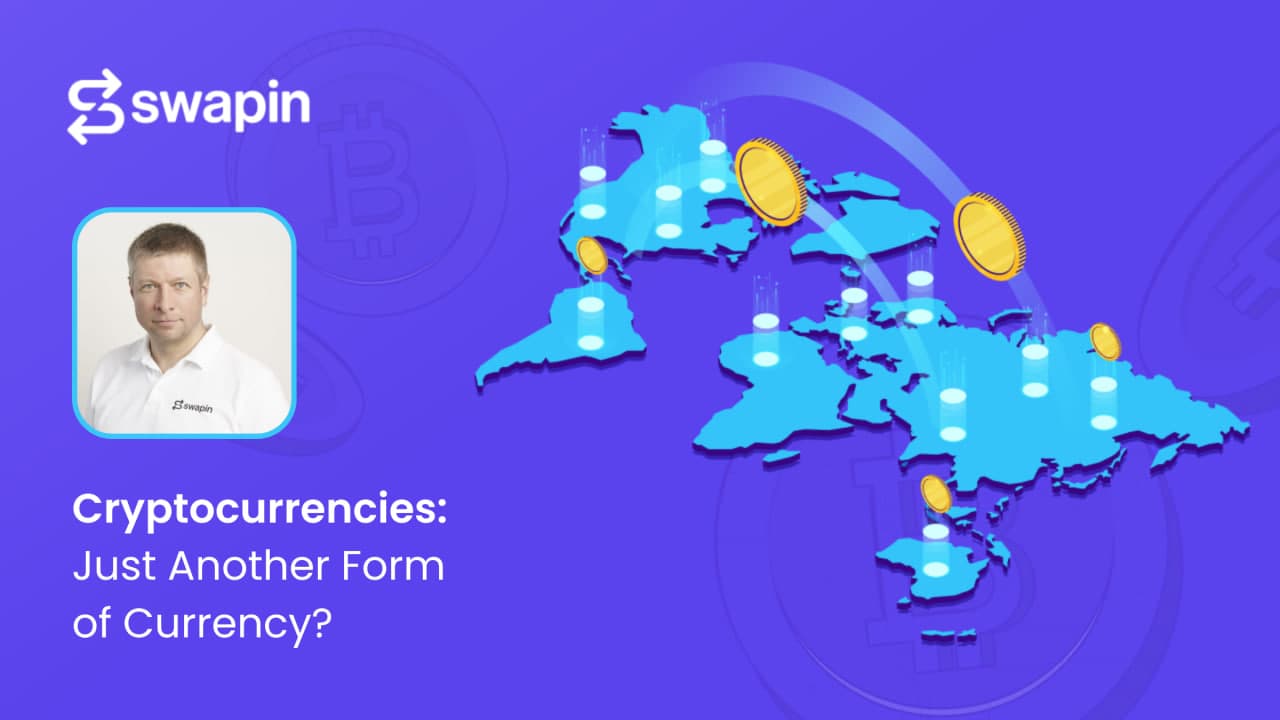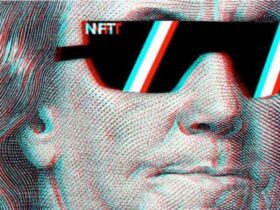When people think about the future of finance, they often imagine a world where blockchain, smart contracts, and decentralized finance (DeFi) have completely revolutionized the way we interact with money. But as much as we love to envision a future where Web3 technologies dominate the financial landscape, we must acknowledge that the traditional Web2 world will not vanish overnight.
As someone deeply involved in the integration of Web3 and Web2 financial systems, I have had a front-row seat to the challenges and opportunities that arise when trying to connect these two worlds. And today, I’d like to share some of my insights and hopefully provide a better understanding of how we can work together to create a more inclusive and efficient global financial system.
The Web3 Financial Revolution: It’s Happening, but Not Overnight
Imagine a world where you can use your Metamask wallet to buy a polo shirt from eBay or purchase your dream car from a local dealer. Yes, it’s possible when we combine the benefits of traditional banking and card rails with the Web3 ecosystem. In other words, the key to bridging the gap between these two worlds lies in harnessing the advantages of both Web2 and Web3 financial systems.
While Web3 finance offers revolutionary features, such as decentralization and enhanced security, we still need to interact with the Web2 world to buy everyday essentials and pay taxes. By integrating traditional banking and payment infrastructure with Web3 wallets, we can create a seamless and user-friendly financial experience that empowers individuals and businesses alike.
This is where innovative platforms like Swapin come in, with a mission to create a user-friendly interface that enables the seamless exchange of assets between Web3 and Web2 financial systems. Non-custodial crypto-to-fiat solutions allow users to spend cryptocurrencies in daily life, while merchants can accept cryptocurrencies and receive fiat money securely and transparently.
In today’s rapidly evolving financial landscape, it’s essential to view cryptocurrencies as just another form of currency that can seamlessly coexist with traditional financial assets. The key to unlocking the full potential of this new financial world lies in making Web3 finance more accessible, user-friendly, and compatible with the existing financial infrastructure, allowing people to use cryptocurrencies in their daily lives just like any other currency.
Connecting the Dots: Challenges in Integrating Web3 Finance with Web2 System
As exciting as the future of finance may be, integrating Web3 and Web2 systems is challenging. One significant hurdle is the technological and infrastructure barriers that separate the two worlds.
To make it happen, companies need to build infrastructure, including solutions for B2C and B2B verification, both crypto and fiat transactions monitoring, and cooperate with exchanges and traditional payment providers. All this happens in a world where crypto is still considered being “shady” by major financial institutions, and discussions about its regulations are still ongoing.
Another major challenge in the world of Web3 finance is the complex regulatory environment. Many governments are still grappling with how to regulate decentralized finance services. For instance, the EU has recently introduced the Markets in Crypto-Assets (MiCA) regulation, which aims to provide a comprehensive legal framework for the issuance and trading of crypto-assets, including asset-reference tokens and e-money tokens.
MiCA’s key provisions focus on transparency, disclosure, authorization, and supervision of transactions, ensuring that consumers are well-informed about the risks, costs, and charges associated with their operations. As the financial landscape evolves, the next bull run is likely to occur in a heavily regulated environment, such as the one being shaped by MiCA. This increased regulation can bring more stability and legitimacy to the cryptocurrency industry, attracting institutional investors and encouraging mainstream adoption.
However, it is essential to recognize that this shift could also create challenges for some cryptocurrency businesses that may struggle to comply with complex and evolving regulatory requirements.
By proactively engaging with regulatory authorities and adapting to the changing environment, companies can successfully navigate these challenges and contribute to the growth and stability of the Web3 financial ecosystem.
For instance, Swapin holds an Estonian VASP license and was one of only four companies to receive it in February 2023. This demonstrates Swapin’s commitment to compliance and proactive engagement with regulators.
Moreover, Swapin’s recent selection by Mastercard for their Spring 2023 Lighthouse FINITIV Class showcases the growing interest from the traditional banking system in Web3 payments and Swapin’s potential to drive innovation in the crypto-to-fiat space.
Fostering Collaboration: Key Factors for Bridging Web3 and Web2 Financial Sectors
To create a truly interconnected financial ecosystem, we must foster collaboration between the Web3 and Web2 financial sectors. This involves three key factors: education, trust-building, and shared incentives.
Educating both sectors about the benefits and challenges of integrating Web3 and Web2 systems is essential to dispel myths and misunderstandings. Events like Consensus and Money 20/20 bring together stakeholders from both sectors to discuss the future of finance and share insights. By providing clear, accurate information, we can create a common ground for collaboration and encourage a shared vision for the future of finance.
Trust-building between the two sectors is also critical. The integration of Circle’s USDC stablecoin with Visa’s payment platform is an example of demonstrating the value and security of Web3 technologies to traditional financial institutions. To further build trust, we must show our commitment to addressing their concerns, which can be achieved through transparency, open communication, and a willingness to adapt to evolving regulations and industry standards.
Lastly, shared incentives will drive collaboration. The launch of JP Morgan’s Onyx, a blockchain, and digital currency-focused business unit, and Mastercard’s Lighthouse FINITIV program exemplifies how creating mutually beneficial opportunities can bring Web3 and Web2 financial communities together. By creating mutually beneficial opportunities for both Web3 and Web2 financial communities, we can ensure that all parties are invested in working together to create a more inclusive and efficient financial system.
Conclusion: Bridging the Gap for a Better Financial Future
The journey to seamlessly integrate Web3 and Web2 finance may be a challenging one, but the potential benefits for the global financial system are immense. As we navigate the transition period until regulators finalize their crypto-related policies, such as MiCA set to take effect in 2024, we must remember that collaboration and innovation are key.
By working together, we can create a more inclusive, transparent, and secure financial landscape that empowers individuals and businesses alike. As banks become increasingly crypto-friendly and crypto-to-fiat cards become more common, it’s essential that we use this time to build a reliable infrastructure and adapt to the upcoming changes.
Through innovative technologies, collaboration, and a relentless drive to shape the future of finance, we can make the dream of a truly interconnected financial ecosystem a reality.
So, as we continue to build bridges between the Web3 and Web2 worlds, let’s stay optimistic and always keep sight of the ultimate goal: a more efficient and inclusive global financial system for all, ready to embrace the regulatory and technological changes on the horizon.
















Leave a Reply